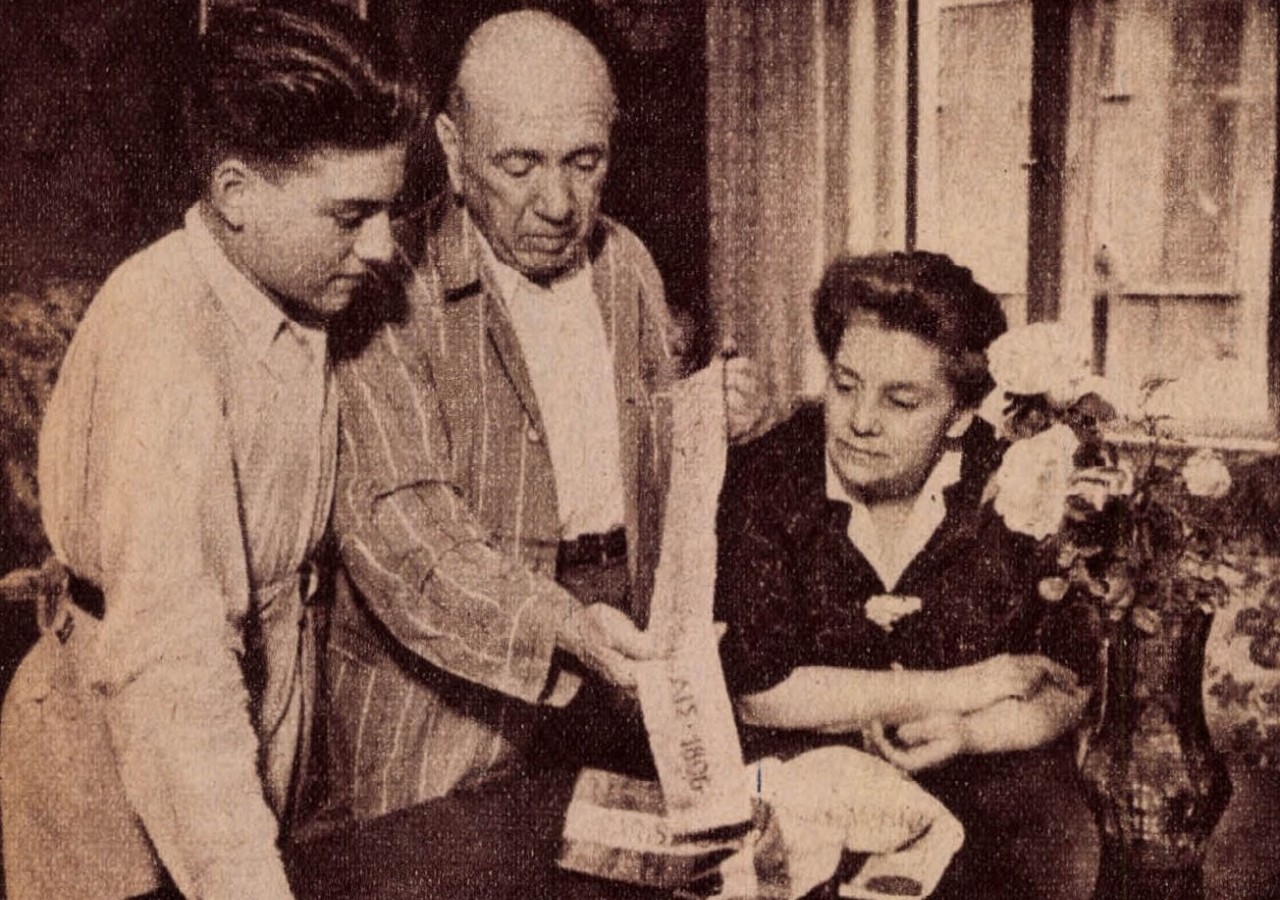Arnold Guttman was thirteen years old when his father drowned in the Danube River. From that time the heartbroken Arnold swore to himself that one day he would become a good swimmer. Five years later, while still a student of architecture in Hungary, he accomplished much more: he won two gold medals in the inaugural 1896 Athens Olympics by swimming in freezing temperatures of 13 degrees Celsius in the Mediterranean Sea with 12 foot waves crashing down on him. Cold water can kill you in less than a minute. All he wanted was to finish the race, to hell with winning. When asked how he did it, he replied, “my will to live completely overcame my desire to win.”
Most Olympians, however, medal winners included, have not come to their game with the same deep sense of purpose and emotional balance as Arnold, or Alfréd Hajós, as he came to be known. (Hajós means “sailor” in Hungarian). Instead, the competitive rush to become an Olympian tends to start with parents, who subject their very young children to a gruelling schedule aimed at obtaining greatness. In the process, these future Olympians miss out on being with friends, going for socials or birthday parties, and just generally having a fun childhood–the absence of which is contraindicated for emotional and social resilience i.e. “mental toughness.” Young children are not cognitively ready to process complex information that comes from their parents or coaches (eg. We are training to win but you must gracefully learn to accept losing) and exposing them to such rules (eg. sacrifice your playtime for a greater purpose; you are meant for great things ; you must win and you cannot lose, but at times you will lose; if you don’t qualify it is all for naught) will tie their sense of identity completely to their winning a game, and nothing else. In games with only one winner all the other athletes by necessity must lose. Nevertheless many still believe so deeply that “failure is unacceptable” because they had been always treated like commodity goods themselves – i.e. economic and social currency for adults, that they suffer from low self esteem and self doubt after losses. They do not automatically tell themselves “I have lost this match.” Instead, they start doubting their capacity to play at all, “Am I good enough? I am a loser”
What about the winners? Are they standing tall? Take a look at this photo of seven-time Olympic medalist Amanda Beard. Aged 14 at the time – the year is 1996, she is holding a teddy bear in her arm and has won silver at the Atlanta Olympics, you cannot but stop and think, “What is the emotional cost of winning?” (not just losing). We get some clues from her memoir ‘In the water they can’t see you cry’ where she opens up about her parents getting divorced that very year, her struggles at high school living with dyslexia and her later body dysmorphic disorder – triggered by her pictures being photo-shopped for magazines, and her need to live up to these photo-shopped images. Beard struggled with self-mutilation, addictions and depression. What about Michael Phelps, winner of 28 Olympic medals, the most decorated Olympians of our time? He is considered the greatest swimmer and athlete of our times. His documentary “the weight of gold” discusses in detail the mental health challenges of athletes. He has confessed to suffering from depression and contemplating suicide after the 2012 Olympics. He is not alone. The latest in this list of athletes is young Naomi Osaka, four-time grand slam winner who declared openly that she has been suffering from bouts of depression since 2018 and wished to take time out to recover. She was fined $15,000 by the French opens tournament referee and the leaders of the four grand slam tournaments after she skipped a news conference that she had earlier announced she would not go to because questions about how she played affected her mental health negatively. The women’s tennis Association (WTA) stuck to their position while overtly empathizing with her mental health – lip service, it seemed like. Their take was that elite athletes absolutely must speak to the media as a way to communicate to their fans about their game and the competition.
Athletic careers involve “progressions, stagnations, and decays.” Mental health Is not just the absence of mental illness. It has been defined as “a state of well-being in which every individual realizes his or her own potential, can cope with the normal stresses of life, can work productively and fruitfully, and is able to make a contribution to her or his community.” The consensus statement of an international think tank on athlete mental health distinguishes between (1) clinical mental health disorders, (2) subclinical mental ill-health, (3) the human condition, and (4) the athlete condition. They define the human condition as periodic experiences of adversity and unpleasant thoughts and emotions as a consequence of living a full life. And they define the athlete condition as periodic experiences of unpleasant thoughts and emotions, such as performance anxiety, as a consequence of engaging in athletic pursuits. This has many repercussions for how we write about and treat our athletes. We must end this mental health stigma and do it together, as parents, coaches, journalists and the public in general. There ought to be an ethical code for children being trained for an athletic career, just like there should be one to protect adult athletes from economic, political and media decisions that go against their thriving as full humans. An athlete is much more than their game.
Let us not forget the person behind the performer.


